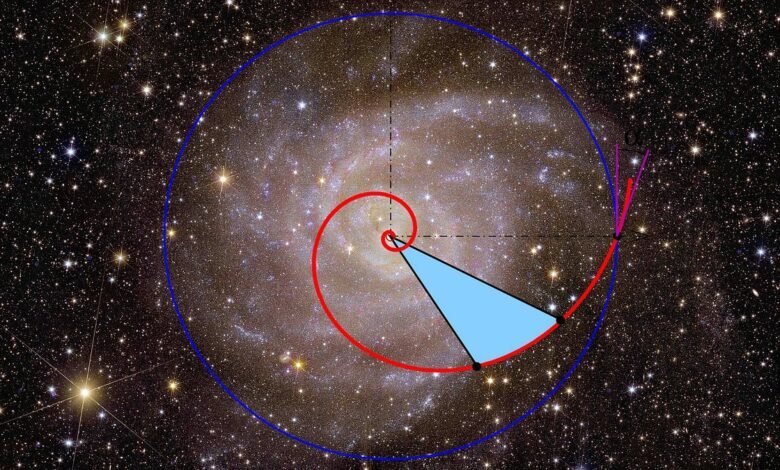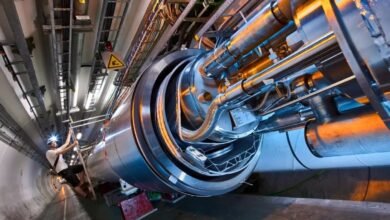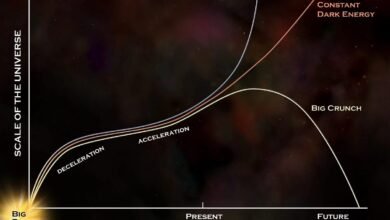Ask Ethan: What explains the Fibonacci sequence? | by Ethan Siegel | Starts With A Bang! | Jan, 2024

The pattern 1, 1, 2, 3, 5, 8, 13, etc., is the Fibonacci sequence. It shows up all over nature. But what’s the full explanation behind it?
One of the most fascinating facts about the natural world is that so many entities within it — both biologically and purely physically — obey a specific set of patterns and ratios. Many galaxies exhibit spiral shapes and structures, as do a wide variety of plant structures: pinecones, pineapples, and sunflower heads among them. Ammonites, shelled animals that went extinct more than 60 million years ago, also show that spiral pattern, where one of the key features of spirals is that the next “wind” around outside the prior one displays a specific length ratio to the size of the prior, interior winding.
That ratio, in any such structure, is often extremely close to the ratio of two adjacent numbers found in the Fibonacci sequence. This mathematical sequence, often taught to children, simply starts with the numbers “0” and “1” and then gets the next term in the sequence by adding the two prior terms together. It’s arguably the most famous mathematical sequence of all, but what explains the sequence’s pattern, and is it truly, inextricably linked to nature? That’s what Ragtag Media wrote in to ask, inquiring:
“Is there a Fibonacci sequence with regards to the way galaxies develop?”
Indeed, simply looking at the “spiral” structures in galaxies might appear to be Fibonacci-like, but is that real, or just our minds making superfluous connections where only an apparent link exists?
Galactic and other physical spirals
When it comes to spirals that naturally occur in the purely physical sciences, “spiral galaxies” are undoubtedly the most famous among them. Somewhere just over half of all known large, nearby, massive galaxies have spiral shapes and structures within them, but when we examine them mathematically, it turns out that there are very few of them that exhibit a Fibonacci-like pattern.
Source link





